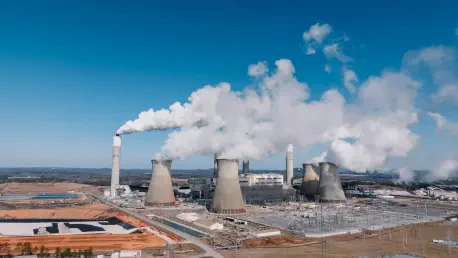
In a bold move that has ignited both hope and controversy, West Virginia Governor Patrick Morrisey has introduced the “50 by 50” energy plan, a strategy designed to triple the state’s power generation capacity from 15 to 50 gigawatts by 2050, positioning West Virginia as a potential energy

As the coal industry continues to navigate a complex landscape of economic demands and environmental scrutiny, a historic gathering in Bluefield stands as a testament to its resilience and adaptability, reflecting nearly five decades of dedication. Held at the Brushfork National Guard Armory in

I'm thrilled to sit down with Christopher Hailstone, a seasoned expert in international finance and taxation policy, whose deep understanding of global tax frameworks and their implications for developing economies is unparalleled. With a keen focus on how policies shape foreign investment,

Energizing IndiWhy This Deal Matters In a nation where energy demand surges with every passing year, Adani Power Limited (APL) has emerged as a pivotal force, securing a monumental 1,600 MW power supply contract in Madhya Pradesh. This deal with MP Power Management Company Limited (MPPMCL), valued

In the ever-evolving landscape of the energy and industrial sectors, few companies have managed to balance growth ambitions with shareholder returns as effectively as Warrior Met Coal, an Alabama-based producer of metallurgical coal essential for steel manufacturing. With a sharp focus on

In the quiet hills of Wyoming County, West Virginia, a disturbing environmental crisis has gripped the community, as residents confront the devastating aftermath of a coal mine contamination that has poisoned Indian Creek, a once-vital local waterway, leaving them reeling from the impact. In 2023,